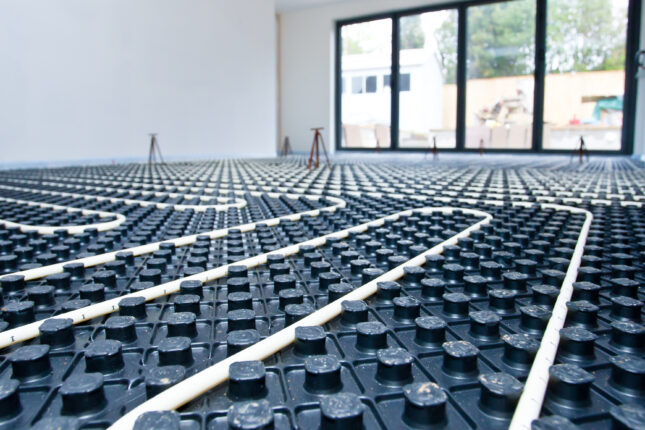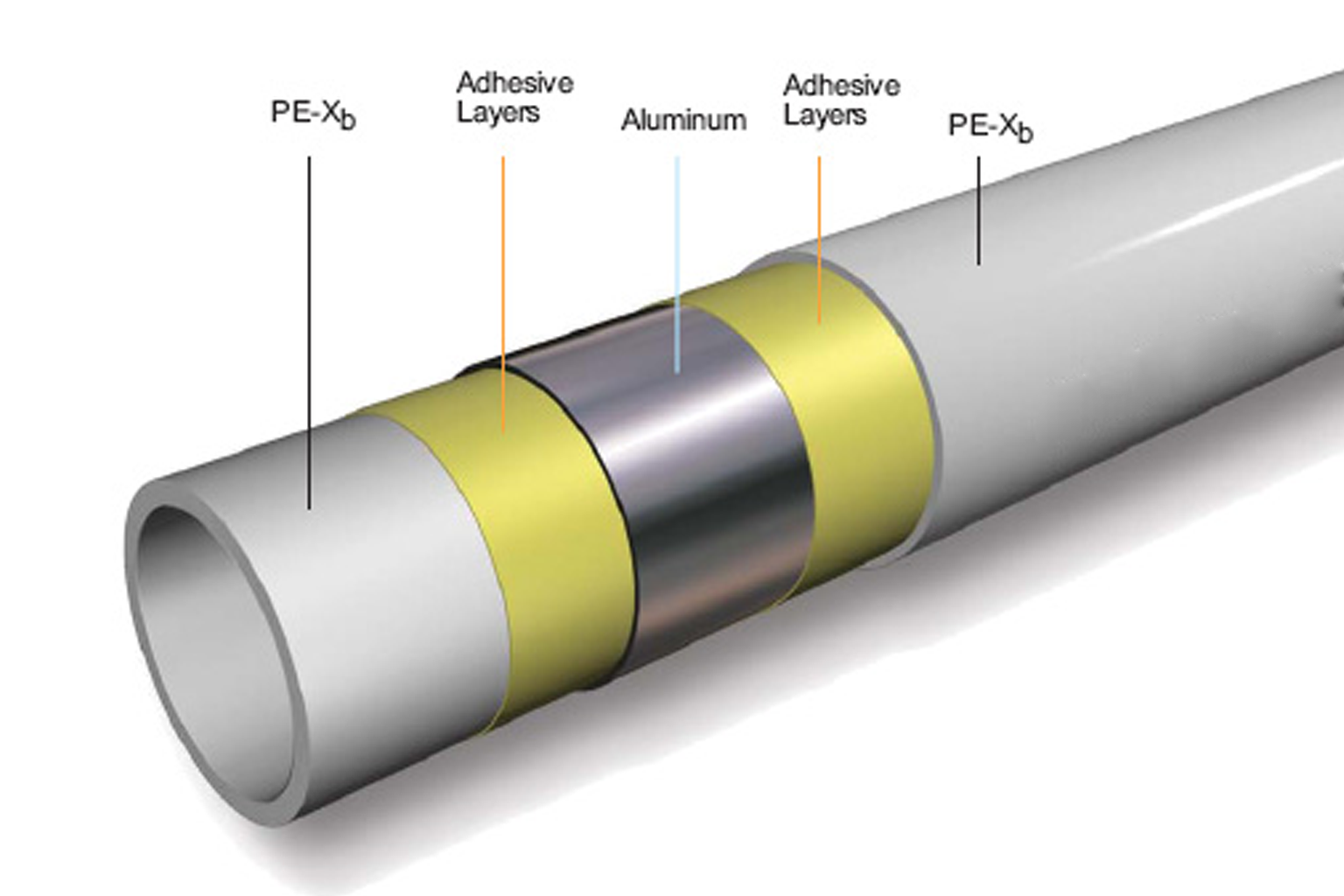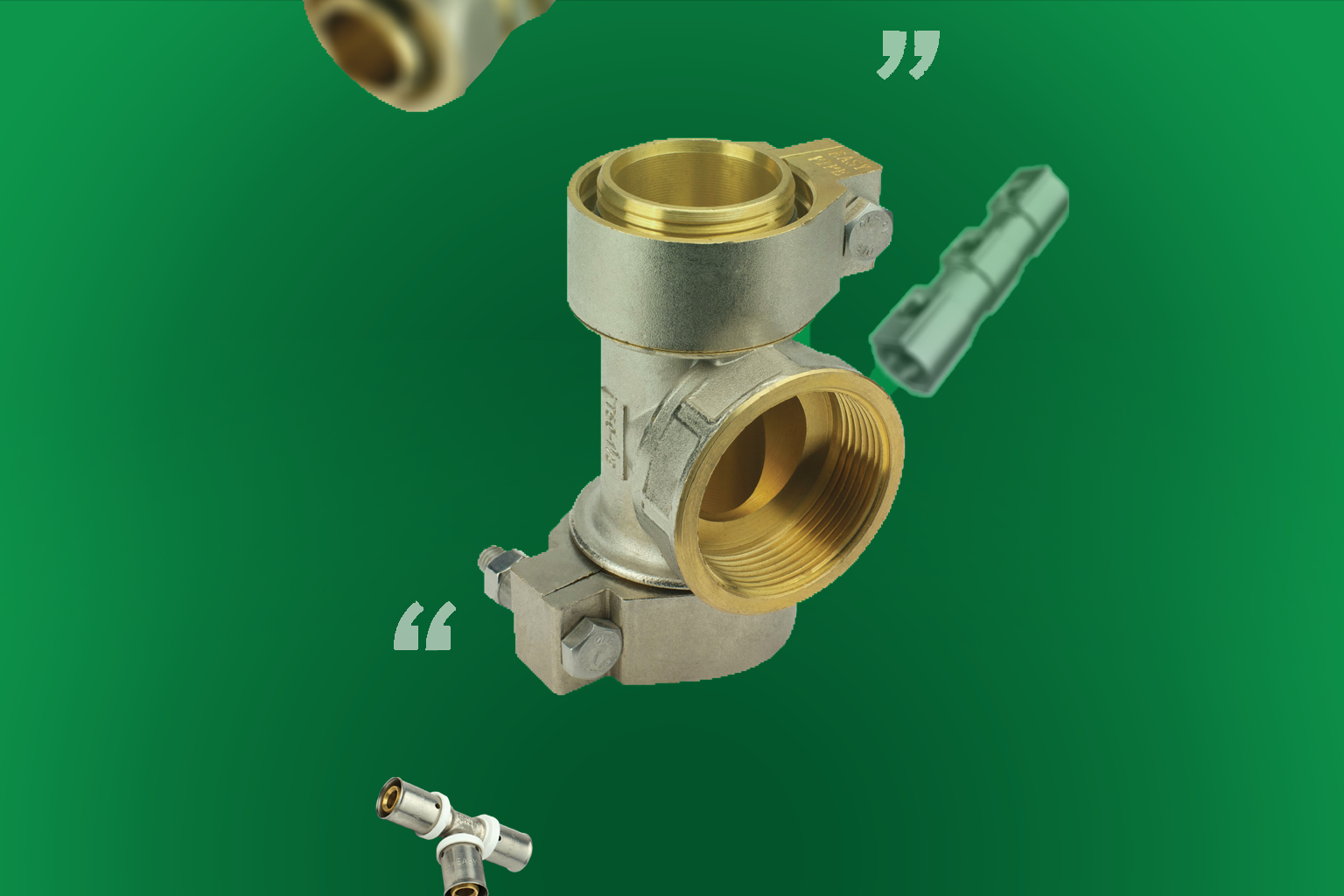There are many different types of pipe fittings available for purchase these days, which can make it difficult to decide which type is the best choice for your projects. In this post, we will take a look at brass fittings, their uses, why they are used, and some alternatives to brass fittings.
What are brass fittings used for?
Brass is one of the most widely used materials for making pipe fittings. Zinc and copper alloy has been used for centuries due to its unique properties that make it a good choice for various uses.
Of course, in recent history and contemporary times, the most common use of brass is in pipes and fittings used in plumbing.
Brass pipe fittings are often the choice of plumbers and other construction professionals due to their dynamic characteristics. It is more durable and flexible than other material options and is resistant to corrosion.
Brass pipe fittings are commonly used to carry water, chemicals, flammable gases, grout and other piping materials. Brass pipe fittings are available in a wide variety of thread shapes and sizes to connect, accommodate or control any liquid or gas in pipes.
In addition to plumbing, brass fittings are also used for some automotive applications such as air brakes, hose ends, and fuel line valves. You may also find brass fittings on balcony adapters, refrigerator cooling fittings, and compression fittings.
Why are brass fittings used?
The effectiveness of brass as a material for pipe fittings provides safe and durable components in your plumbing system. While they can be a bit more expensive than other types of fittings, brass fittings are worth the extra cash. Here are five reasons why you should use brass fittings for your next plumbing project:
1. They are durable – Brass fittings are used in both residential and industrial plumbing because they are great for heavy duty use and stay in good condition for years. When you have a plumbing project that needs to last a long time, brass is a good choice because it lasts a long time without disintegrating or even cracking. It is also suitable for use in hot water supply lines.
2. They can withstand high temperatures – As the best suitable material for hot water distribution, brass provides exceptional conductivity and improves the efficiency of the distribution system. In fact, brass fittings can withstand much higher temperatures than fittings made of other materials, to the point of being fire resistant.
3. They are malleable – You may find that you have to mold or shape a fitting to make it work in certain areas. If so, brass fittings are the ideal choice. Brass is a malleable metal – much more so than iron or steel. This makes brass fittings a very flexible option for many tight plumbing spots.
4. They are resistant to corrosion – Brass does not rust and is very resistant to corrosion. Rust and corrosion quickly accelerates the natural wear and tear process of fittings, so when you’re looking for durable fittings, brass is the best material for the job.
5. They are versatile – You can find brass fittings in all types and sizes, so you can always find what you need for your particular plumbing projects.
There are many different types of brass fittings that you can use, which is what makes them so versatile. Here are some of the most common:
– Pipe Coupling: Used to connect pipes of the same size (unless it is a reducing coupler, where the pipes are of different sizes).
– Pipe adapters: used to change the type of connection (male or female) at the end of a pipe
– Pipe nipples: usually used to connect two fittings
– Pipe tee: T-shaped, which is used when more than one branch is needed for water supply.
– Pipe elbow: used to change the flow direction between pipes
– Pipe connections: used in the same way as couplings
– Pipe plugs: used to close pipes
– Pipe vise: Y-shaped, which is used to connect pipes at a 45 degree angle.
This is not an exhaustive list, there are many different types of brass fittings that are ideal for almost any need you can think of. Additionally, you can find brass fittings in various sizes – from smaller sizes that are suitable for residential businesses to larger sizes that are used for industrial applications.




